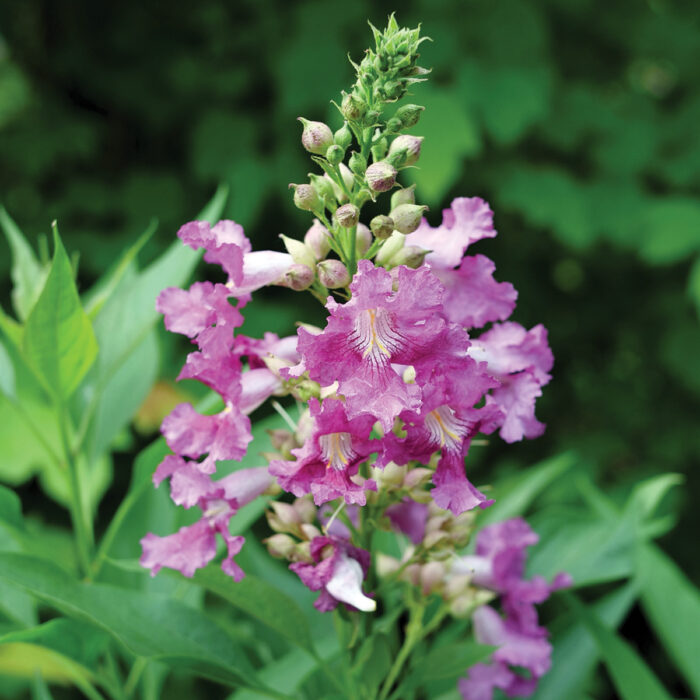
It’s not too often you come across plants in the landscape that originate from two different genera. Perhaps the most common is Leyland cypress, which is a hybrid between Cupressus and Chamaecyparis.
But in the 1960s, a cross was made between two U.S. native trees in the Bignoniaceae family: southern catalpa (Catalpa bignonioides, Zones 5–9) and desert willow (Chilopsis linearis, Zones 7–11). The combination of the large-growing, large-leaved northern catalpa and the much smaller-growing, narrow-leaved desert willow led to a small tree that proved to be hardy to Zone 6 and was called desert orchid (Chitalpa spp. and cvs.). This new tree grew vigorously in youth with a shrubby, loose, open habit and an abundance of flowers during the summer. The foliage was medium-sized but highly susceptible to mildew, and overall, the hybrid did not measure up to other deciduous flowering shrubs and never became mainstream.
Fast-forward 40 years to the North Carolina State University Mountain Crop Improvement Lab, where they began breeding desert orchid to see if they could improve it. Research efforts continued at the lab for about two decades to find the best mildew-resistant plant of these hybrids. After evaluating hundreds of Chitalpa, one was finally selected for superior performance in 2023 and officially named El Niño™.
This new desert orchid cultivar produces showy clusters of fragrant, 1-inch-long purple flowers that really do resemble orchids. Although classified as a small tree, it can grow 6 to 8 feet in a growing season when it is young. Breeders estimate this plant will mature to be under 20 feet tall, but based on growing and observing it for a few years now, I think it may top out somewhere closer to 30 feet. The 2- to 3-inch-wide and 4- to 6-inch-long leaves have proven to be powdery mildew resistant (even in Tennessee summers!), and I’ve seen no other issues with insects or disease.
El Niño™ makes an excellent multibranched small tree or large shrub. Since it grows and reblooms so quickly, it can be pruned and kept smaller, making a fuller, shrubbier form that continues to produce fragrant flowers all summer. This plant can also be treated as a cutback shrub; all of its branches can be removed to the ground each spring. It is best grown with six or more hours of full sun, and, like its parents, it is heat and drought tolerant and requires little care after establishment.
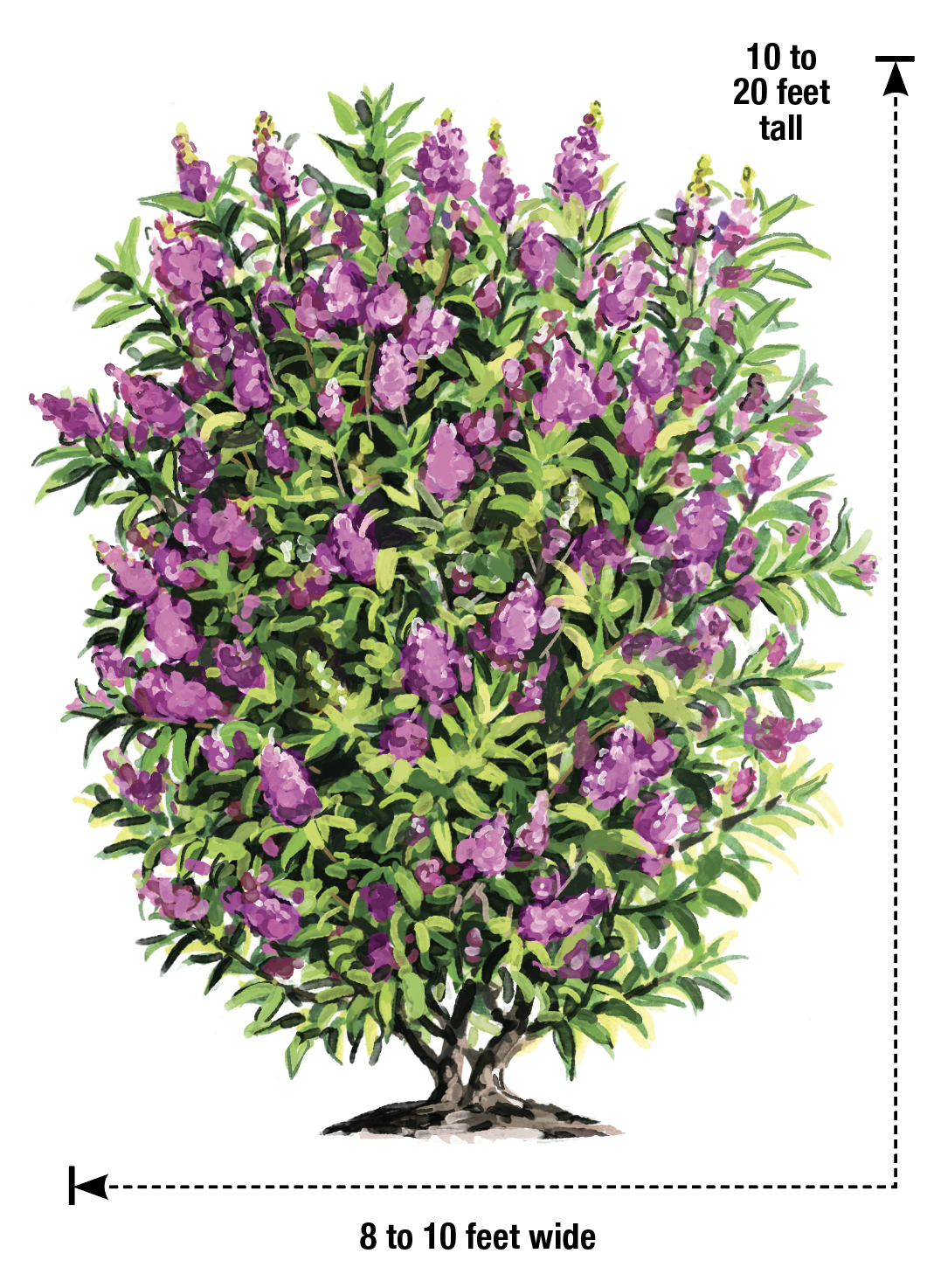 |
El Niño® desert orchidChitalpa ‘NCXC1’ Zones: 6–9 Conditions: Full sun to partial shade; average, well-drained soil Native range: Hybrid of two North American |
Sources:
Garden Crossings, Zeeland, MI; 616-875-6355; gardencrossings.com
Wayside Gardens, Greenwood, SC; 800-845-1124; waysidegardens.com
Jason Reeves has been putting plants to the test at the University of Tennessee in Jackson since 2002 and can be followed on Facebook at “Jason Reeves – in the garden.”
Fine Gardening Recommended Products
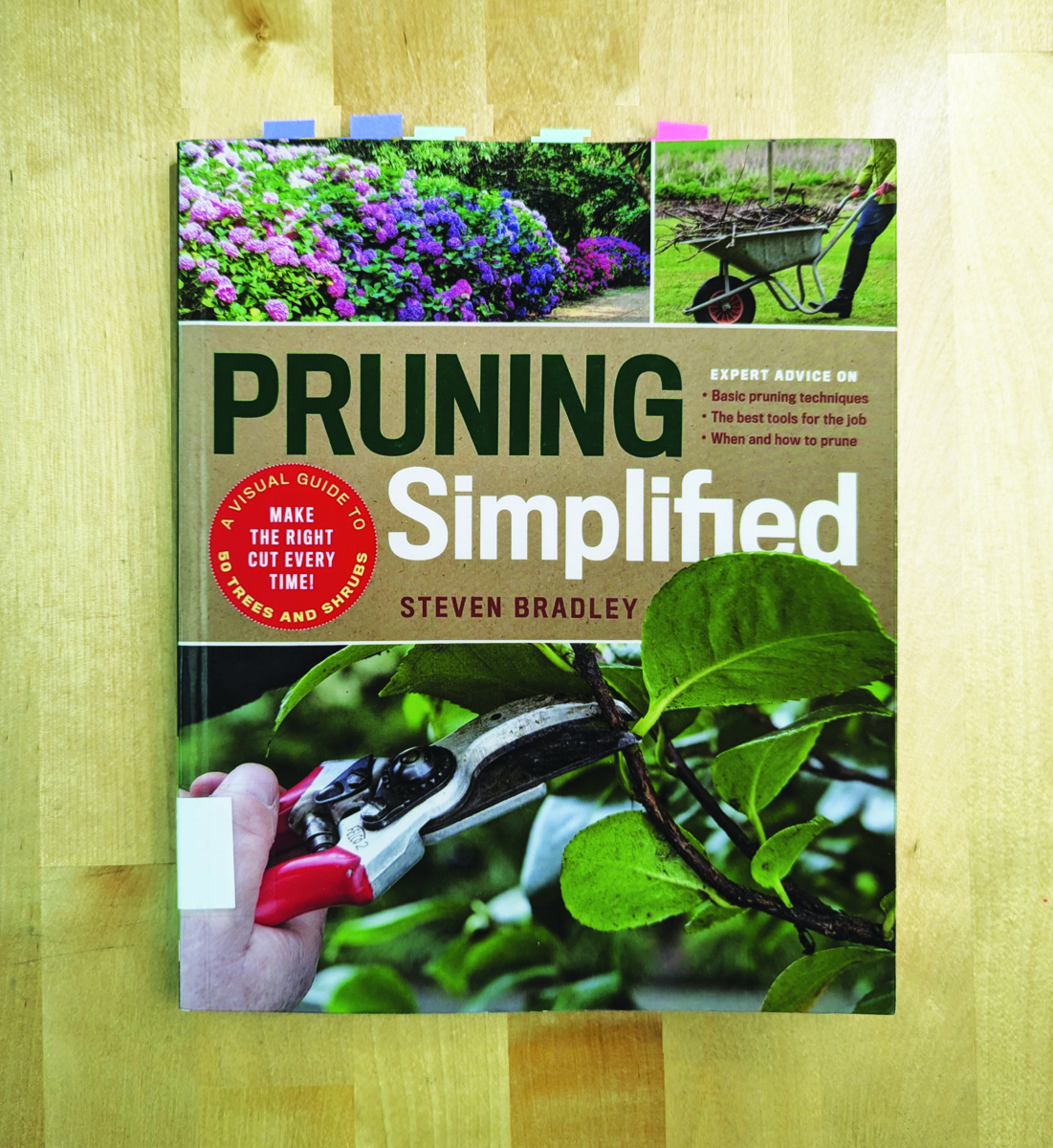
Pruning Simplified: A Step-by-Step Guide to 50 Popular Trees and Shrubs
Fine Gardening receives a commission for items purchased through links on this site, including Amazon Associates and other affiliate advertising programs.

ARS Telescoping Long Reach Pruner
Fine Gardening receives a commission for items purchased through links on this site, including Amazon Associates and other affiliate advertising programs.

The Nature of Oaks: The Rich Ecology of Our Most Essential Native Trees
Fine Gardening receives a commission for items purchased through links on this site, including Amazon Associates and other affiliate advertising programs.



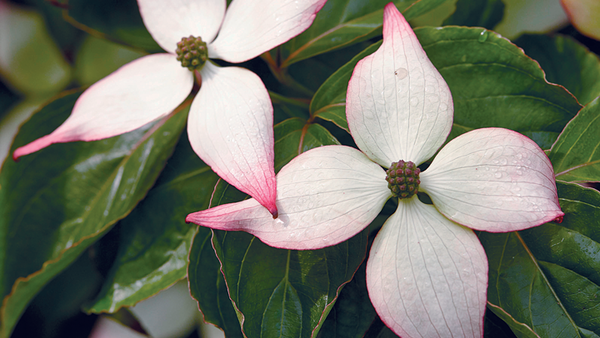
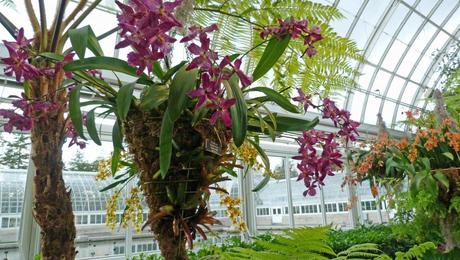

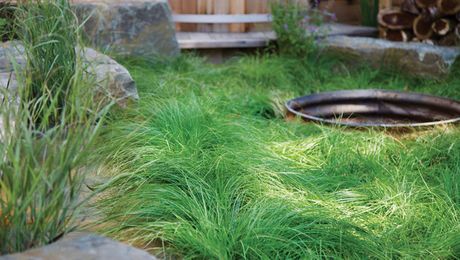



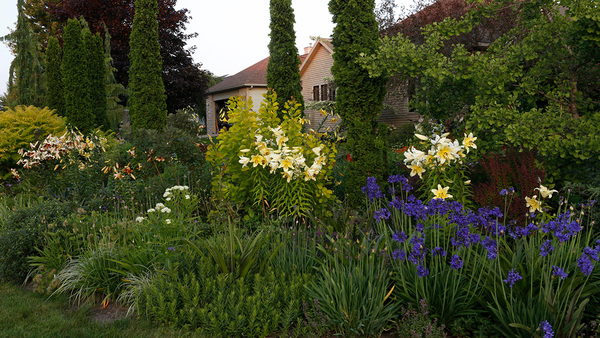







Comments
Log in or create an account to post a comment.
Sign up Log in